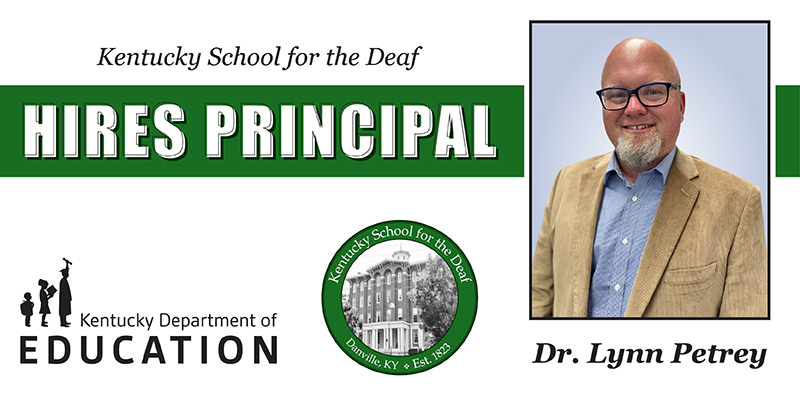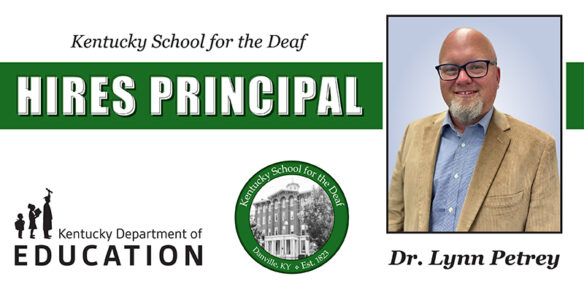WASHINGTON – All of Donald Trump’s top opponents for the Republican nomination for president dropped out of the race weeks ago, but the whole gang will be back together on Kentucky’s primary ballot on Tuesday.
Florida Gov. Ron DeSantis, former U.N. Ambassador Nikki Haley, entrepreneur Vivek Ramaswamy and former New Jersey Gov. Chris Christie all suspended their campaigns after Kentucky finalized its ballot in January, as did pastor Ryan Binkley.
Trump has easily won nearly every Republican contest so far, but Haley has won a significant number of votes in several recent primaries, including Maryland (20%) and Nebraska (18%) this week.
President Joe Biden’s opponents in Kentucky are author Marianne Williamson and U.S. Rep. Dean Phillips. Democrats can also vote for “Uncommitted,” which has attracted protest votes in other states.
Kentucky Voters will also decide six primaries for the U.S. House. One race to watch is the 4th Congressional District Republican primary. Rep. Thomas Massie, who backed DeSantis’ presidential bid and co-sponsored a motion to remove House Speaker Mike Johnson, is facing a challenge from Eric Deters, a staunch Trump supporter. However, Deters hadn’t reported raising any money as of the latest filing deadline and placed fourth in the 2023 gubernatorial primary.
Here’s a look at what to expect on Tuesday.
PRIMARY DAY
Kentucky holds its presidential and state primaries on Tuesday. Most of Kentucky falls in the Eastern time zone, where the polls close at 6 p.m. ET, while 41 counties are in the Central time zone, where the last polls close at 7 p.m. ET.
WHAT’S ON THE BALLOT
Besides the presidential primaries, voters will choose nominees for the U.S. House, the state legislature and the state Senate. Kentucky held elections for governor and other statewide offices in 2023.
WHO GETS TO VOTE
Kentucky has a closed primary system, which means that only voters registered with a political party may participate in that party’s primary. Democrats may not vote in the Republican primary or vice versa. Independent or unaffiliated voters may not participate in either primary.
DELEGATE ALLOCATION RULES
Kentucky Republicans allocate their 46 delegates proportionally to any candidate who receives more than 15% of the vote, meaning any of Trump’s opponents could qualify for delegates. They could also splinter the anti-Trump vote, increasing Trump’s chances of being the only candidate to receive 15% of the vote and therefore the only candidate to receive any delegates.
Kentucky’s 53 pledged Democratic delegates are allocated according to the national party’s standard rules. Twelve at-large delegates are allocated in proportion to the statewide vote, as are six PLEO delegates, or “party leaders and elected officials.” The state’s six congressional districts have a combined 35 delegates at stake, which are allocated in proportion to the vote results in each district. Candidates must receive at least 15% of the statewide vote to qualify for any statewide delegates, and 15% of the vote in a congressional district to qualify for delegates in that district.
DECISION NOTES
While Republican state parties that hold primaries this late in the cycle tend to embrace a winner-takes-all system for delegate allocation, Kentucky Republicans are dividing their delegates proportionally among candidates who receive at least 15% of the vote. For signs that a candidate not named Trump could reach that 15% threshold, look to suburban areas like Louisville and Lexington. Those areas — Jefferson and Fayette counties — are also the biggest source of GOP votes in the state.
In the 2020 presidential primary, “uncommitted” and Trump were the only two options on the Republican ballot. Statewide, “uncommitted” received 13% of the vote in the GOP primary. In Jefferson County, however, “uncommitted” received 23%.
The 4th Congressional District runs along the Ohio River, sharing its northern boundary with Indiana and Ohio. It stretches from Louisville suburbs in the western part of the district, toward the Cincinnati suburbs in Boone, Kenton and Campbell counties. Outside of those two major suburban areas, however, much of the district is rural.
In the 4th Congressional District, the United Democracy Project, a group that has criticized Massie for his record on Israel, has spent $328,672 on the race as of Tuesday. However, those ads do not support an alternative candidate.
The AP does not make projections and will declare a winner only when it’s determined there is no scenario that would allow the trailing candidates to close the gap. If a race has not been called, the AP will continue to cover any newsworthy developments, such as candidate concessions or declarations of victory. In doing so, the AP will make clear that it has not yet declared a winner and explain why.
Kentucky mandates a recount if the top candidate wins by less than 0.5 percentage points. However, that recount rule does not apply to the presidential race. Candidates can ask for a recanvass of the vote, which entails retabulating the vote totals, if the margin is less than 1 percentage point. However, to request a recount, in which each ballot is individually hand-counted, a court must approve and prescribe the procedure.
WHAT DO TURNOUT AND ADVANCE VOTE LOOK LIKE?
As of March 31, there were 3,487,292 registered voters in Kentucky. Of those voters, 43% were Democrats and 46% were Republicans.
In the 2023 race for governor, turnout was 6% of registered voters in the Democratic primary and 9% in the Republican primary. In the 2022 Senate race, turnout was 8% of registered voters in the Democratic primary and 11% in the Republican primary. In the 4th District, turnout among registered voters for the Republican primary was also 11%.
In 2022, 17% of voters cast their ballot before election day.
HOW LONG DOES VOTE-COUNTING USUALLY TAKE?
In the 2023 primary election, the AP first reported results at 6:03 p.m. ET, or three minutes after the first polls closed. The election night tabulation ended at 9:56 p.m. ET with about 98% of total votes counted.
ARE WE THERE YET?
As of Tuesday, there will be 168 days until the November general election.
___
Follow the AP’s coverage of the 2024 election at https://apnews.com/hub/election-2024.
Copyright 2024 The Associated Press. All rights reserved. This material may not be published, broadcast, rewritten or redistributed without permission.


/cloudfront-us-east-1.images.arcpublishing.com/gray/JQ2BF6QOZRGIXFNKVP6I3X2PKE.jpg)







 (DANVILLE, KY) – The Kentucky School for the Deaf (KSD) is proud to announce the appointment of Lynn Petrey as principal for the 2024-2025 school year. Petrey brings a wealth of experience in educational leadership and special education, demonstrating a strong commitment to fostering inclusive and supportive learning environments for all students.
(DANVILLE, KY) – The Kentucky School for the Deaf (KSD) is proud to announce the appointment of Lynn Petrey as principal for the 2024-2025 school year. Petrey brings a wealth of experience in educational leadership and special education, demonstrating a strong commitment to fostering inclusive and supportive learning environments for all students.






















